SUMMARY
This is AI generated summarization, which may have errors. For context, always refer to the full article.
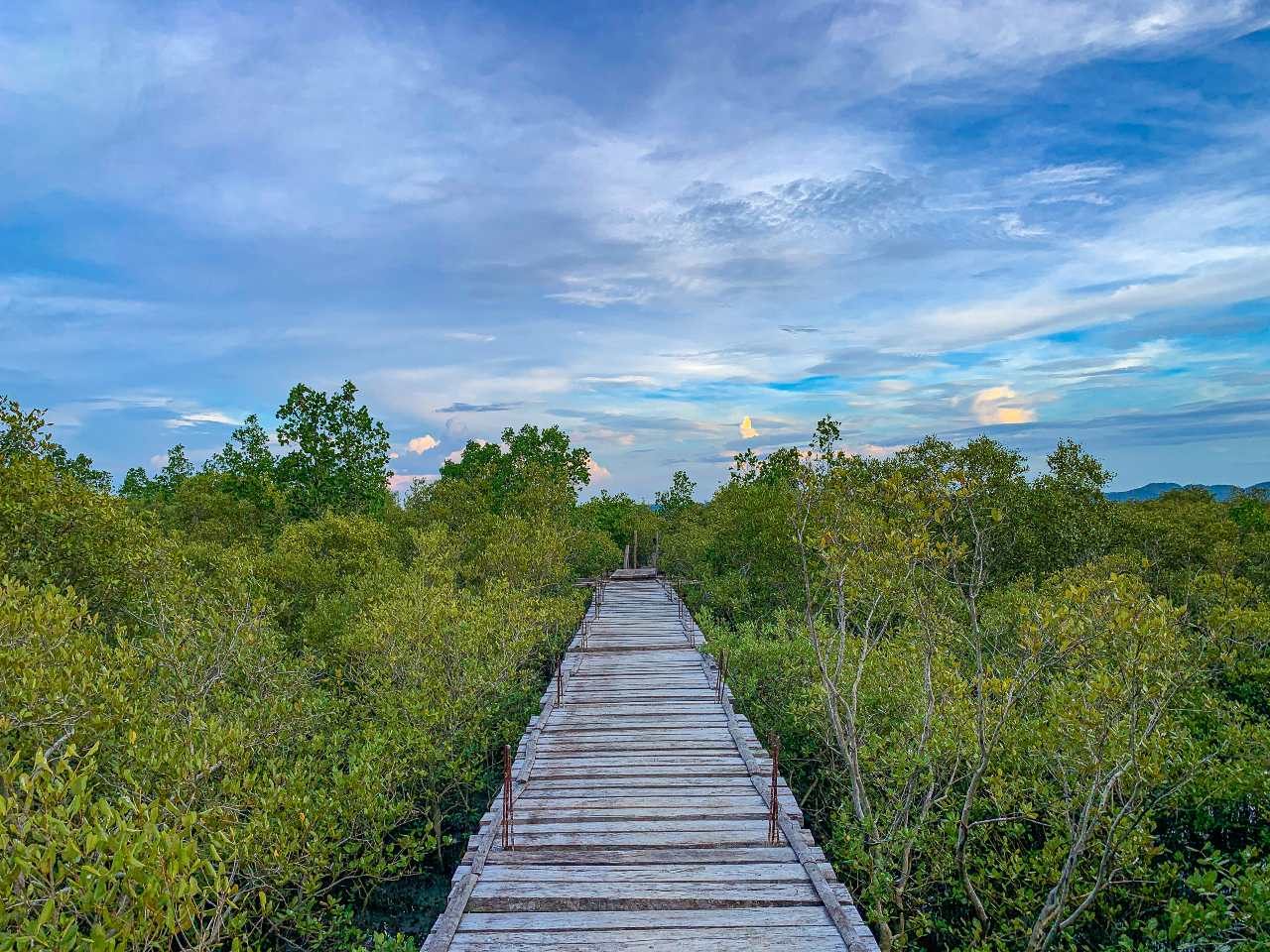
ILOILO, Philippines – Full-grown, healthy mangrove trees stood firmly on the coastline between the municipality of Leganes and the city of Iloilo, burying and stretching their intricately interwoven roots on the shore.
“That’s the mangrove rehabilitation area,” said Leganes municipal environment and natural resources officer Wilson Batislaon, pointing to the thick mangrove forest as birds burst into flight.
“That’s Leganes Integrated Katunggan Ecopark.”
Between 2000 and 2016, the world lost 62% of mangrove forests due to aquaculture, agriculture, urban development, and the timber industry. In the Philippines, 50% of mangrove forests have been lost mainly due to the construction or development of fishponds.
The country has been rectifying this by implementing various programs on mangrove reforestation, such as the Leganes Integrated Katunggan Ecopark (LIKE).
The land where the ecopark is situated is part of Republic Act No. 366, a law granting the municipality of Leganes the usufruct of a certain parcel of land of the public domain in Iloilo for communal purposes.
Rented and used by businessmen and local residents, the ecopark used to be a 9.5-hectare fishpond. However, in 2008, Typhoon Frank (Fengshen) lambasted the fishpond, destroying the dikes and leaving behind nothing but a pile of soil and mud-colored waters.
The lessees could no longer afford to recover from the economic loss. The fishpond was abandoned and, eventually, surrendered back to the local government unit (LGU).
But the tide turned what was then an abandoned fishpond into a 200-meter-wide mangrove greenbelt – considered as “one of the most successful mangrove rehabilitation projects in the Philippines,” according to the Zoological Society of London (ZSL)-Philippines.
The rehabilitation process
“It was not easy, of course. But the mangrove rehabilitation framework made it possible,” said Batislaon, who was awarded the Walt Disney Conservation Hero for his efforts to save the mangroves.
The framework involved five phases: local site coordination, comprehensive site assessment, participatory mangrove rehabilitation planning, participatory project implementation, and participatory monitoring and evaluation.
The destruction caused by Typhoon Frank prompted the LGU of Leganes and the ZSL-Philippines – known as the country’s authority on mangrove conservation – to survey the abandoned ponds in barangays Nabitasan and Gua-an in 2009.
During the local site coordination, the barangay captains and community members were presented with the results of the assessment, the recommendation to convert the fishpond back into mangrove forests, and the benefits of a rehabilitated mangrove ecosystem.
The local government and ZSL-Philippines entered into a memorandum of agreement in the same year, starting the conversion of the 9.5-hectare fishpond.
ZSL-Philippines, composed of biologists and marine scientists, among other technical experts, led the comprehensive site assessment, where the soil and the site were analyzed to identify the right species of mangroves.
Jurgenne Primavera, then-project leader of ZSL-Philippines, emphasized the importance of a science-based site assessment.
“Otherwise, the resources – both time and money – invested would go to waste. What to, when to, where to, and how to plant are important questions,” said Primavera, who was among Time magazine’s Heroes of the Environment 2008.
A total of 39 species of mangroves can grow in the Philippines. Ten of them were identified to be feasible for planting in the Leganes ecopark, namely:
- Avicennia marina (bungalon)
- Avicennia rumphiana (bungalon/apiapi)
- Bruguiera cylindrica (pototan)
- Ceriops decandra (baras-baras)
- Excoecaria agallocha (lipata)
- Lumnitzera racemosa (tabao)
- Rhizhophora apiculata (bakhaw lalaki)
- Rhizophora mucronata (bakhaw babae)
- Rhizophora stylosa (bakhaw bato)
- Sonneratia alba (pagatpat)
ZSL-Philippines and the local government conducted site visits and oriented volunteers about basic information on mangroves. After the orientation, the volunteers – students and teachers from the local Nabitasan National High School, as well as LGU staff – were able to plant 1,712 mangrove seedlings.
“It is a good way to start with the locals and the government agencies,” said Batislaon. “This is to mobilize people and get the support that we need.”
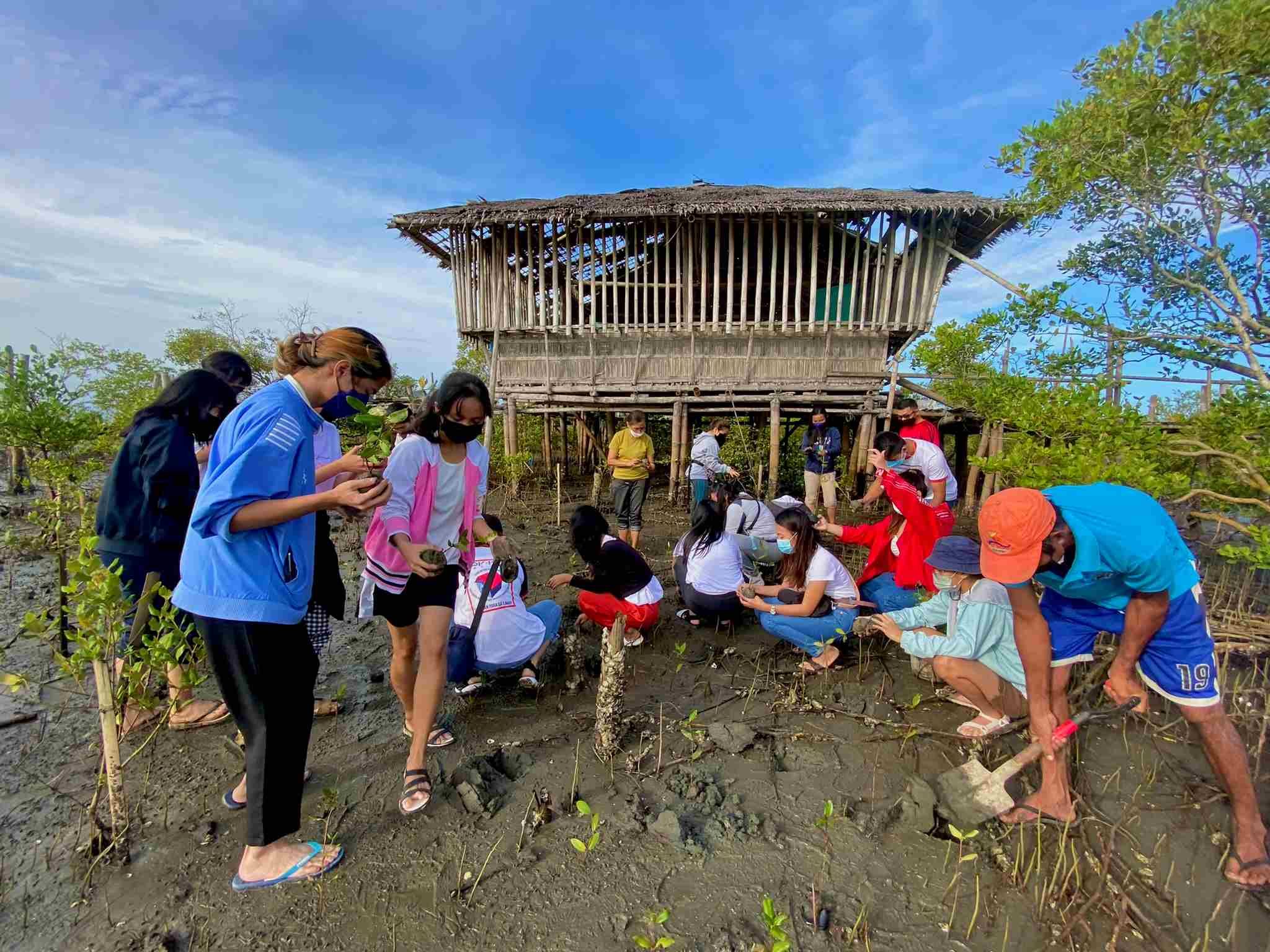
Community as champions
The local government itself put money where its mouth was. In 2010, it allocated P147,000 for the mangrove rehabilitation, including everything from establishing a nursery to hiring a caretaker for the mangrove site, among others.
The following year, it legislated the Leganes Mangrove Protected Ordinance (Municipal Ordinance No. 2011-227), which declared the mangrove areas in Leganes protected, established regulations for the conservation and protection of mangrove trees, and penalized violators.
The Municipal Environment and Natural Resources Office (MENRO) allotted an additional P47,000 for the construction of a resting shed in the ecopark, and another P250,000 for the construction of a bamboo footbridge and tower.
Local community members, meanwhile, constructed a floating cottage, as well as the T-fence, which traps sediment that provides a strong base for newly-planted mangrove seedlings.
They also served as guides for volunteers and visitors, bagged and planted seedlings, and helped in maintaining the mangrove sites.
After the mangroves were successfully restored and the ecopark structures were built, LIKE was launched to the public in 2014.
The local community members later organized themselves into a people’s organization, the Coastal Barangay Mangrove Seedlings Growers Association of Leganes, “so that they will have ownership of the project.”
The members of the group became champions of mangroves, serving as the frontliners in the conservation of the ecopark.
“We want to make sure that the ecopark thrives,” said Joseph Espinosa, the president of the organization.
In 2015, the Leganes local government extended its restoration efforts to include the adjacent 5.5 hectares of abandoned fishponds, turning the Leganes ecopark into a 15-hectare mangrove forest. As of June 2022, over 150,000 mangrove seedlings have been planted in the area.
Four years later in 2019, the Protection through Biodiversity Conservation in Coastal Ecosystems Affected by Typhoons in the Philippines (ProCoast) established LIKE as a center of learning for mangrove conservation practitioners to “promote innovative measures through learning visits, peer-to-peer exchanges, and training workshops.”
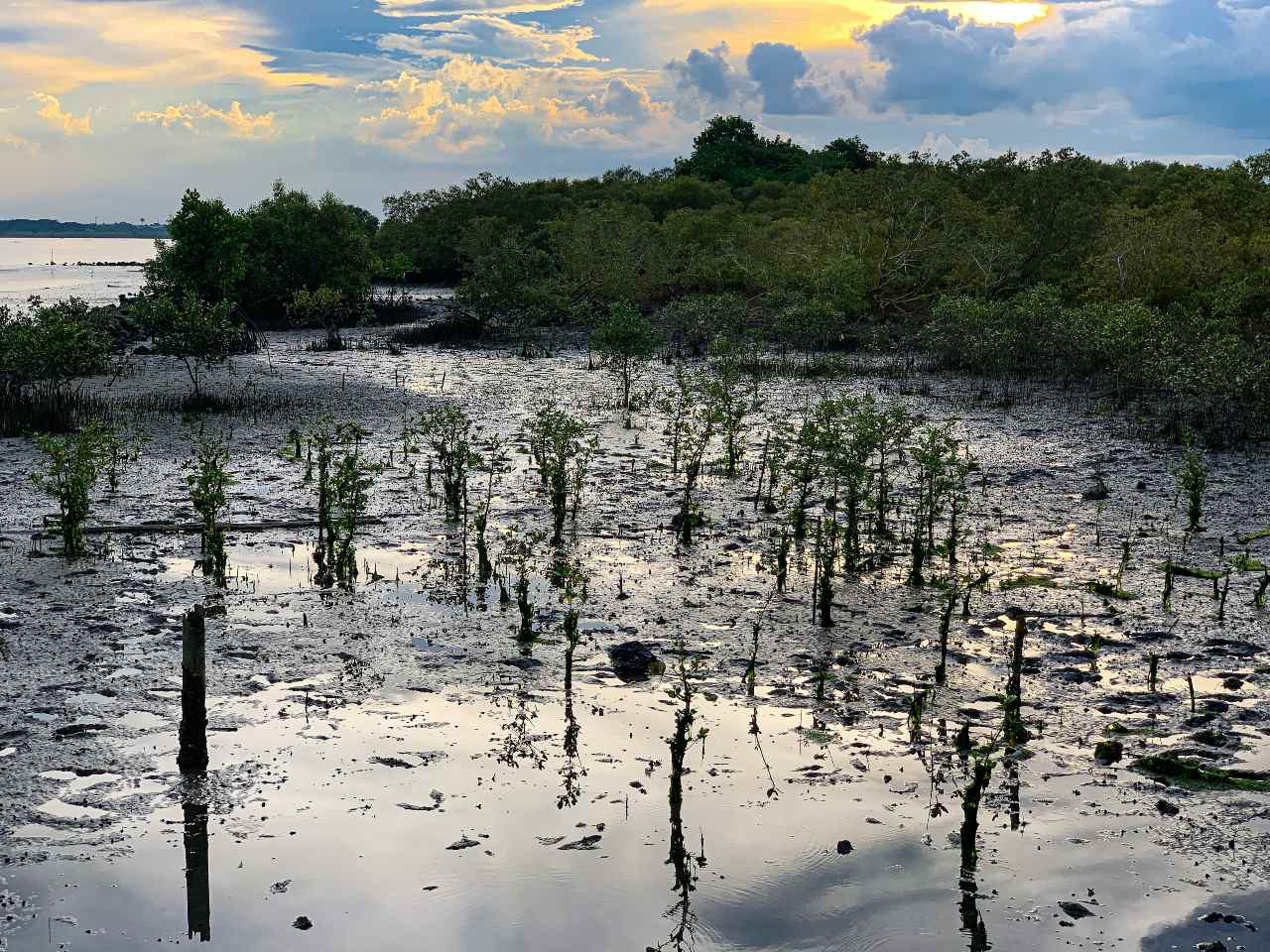
Challenges
While considered as one of the country’s most successful community-based mangrove rehabilitation projects, LIKE’s rehabilitation process was not without challenges.
Along the way, organizers had to deal with community members who were either uninterested or violators themselves. Unscientific methods of mangrove planting were another challenge.
For instance, during the initial phase of the mangrove planting, some seedlings did not survive because they were planted incorrectly.
“Sang una nagapagusto lang kami tanum (We just planted however we wanted),” said Meriam Fely, a local resident who expressed willingness to volunteer in the mangrove rehabilitation project. “But it was wrong.”
“Planting mangroves needs to be science-based,” Primavera said.
In the country’s history of mangrove reforestation, there have been many failed planting activities mainly because of unscientific methods.
Dominic Wodehouse, the executive director of Mangrove Action Project, had said in a 2021 interview that one example of this was the country’s Guinness World Record for the “Most mangrove trees planted by a team in one hour.” After a few years, he visited the municipality of San Rafael in Ragay, Camarines Sur, where the world record-breaking planting was conducted, but there were no traces of the activity and only a few mangroves survived.
Back in Leganes, Batislaon recalled that at the beginning of the project, “the community members were hesitant and not interested to get involved.”
“Some even built shanty houses in the mangrove sites. And some mangrove seedlings were grazed by livestock, such as cattle and goats,” he said.
Espinosa added, “Before, the residents just cut down the mangroves either for firewood or timber.”
And though the fishpond was destroyed, shrimps, crabs, and other mollusk species continued to thrive in the waters, temporarily providing income for the local community members.
“That is why it was hard to work [with] them before. They thought we were taking their source of livelihood, which was not sustainable. It started from there,” Batislaon said. “It all boils down to education.”
Means of income
But once they were informed about the economic opportunity, community participation grew. Local community members started earning a living from nursing mangrove seedlings from “mother plant mangroves” – mangrove trees in nearby barangays.
The residents bagged the seedlings, which would then be bought by volunteers, students, employees of businesses, and members of professional organizations to plant in the project sites.
They also harvested the bounty the mangrove ecosystem provided. Mangroves, essential to the fisherfolk’s livelihood, are home to a large variety of marine fauna, including crustacean and mollusk species, such as imbao, a mangrove clam. They also serve as breeding grounds for coral reef fish and other fish.
“It has served as a sustainable means of income for me,” said Christian Quinayo, a local resident who has been actively involved in the mangrove rehabilitation.
“If I go to the mangrove areas, I know I will go home with a catch enough to feed my family and sell to the surrounding business establishments,” he added.
But some challenges remain, such as the negative attitude and harmful practices of non-members of the people’s organization, garbage coming from nearby barangays, and the need to further maximize the livelihood capacity of the mangrove system.
“These concerns are being addressed by the [people’s organization]. We expand our membership or invite them, conduct clean-up [drives], and provide capacity-building for other potential livelihoods we can generate from the mangrove,” Espinosa said.
The Leganes Mangrove Protected Ordinance paved the way for the smooth implementation of the rehabilitation. Illegal squatters were handled by police officers; cutting of mangrove trees was prohibited and penalized; and owners of domesticated animals that grazed in the mangrove areas were penalized.
“We have the full support of the LGU. It helped us in creating an enabling environment for mangrove rehabilitation,” Batislaon said.
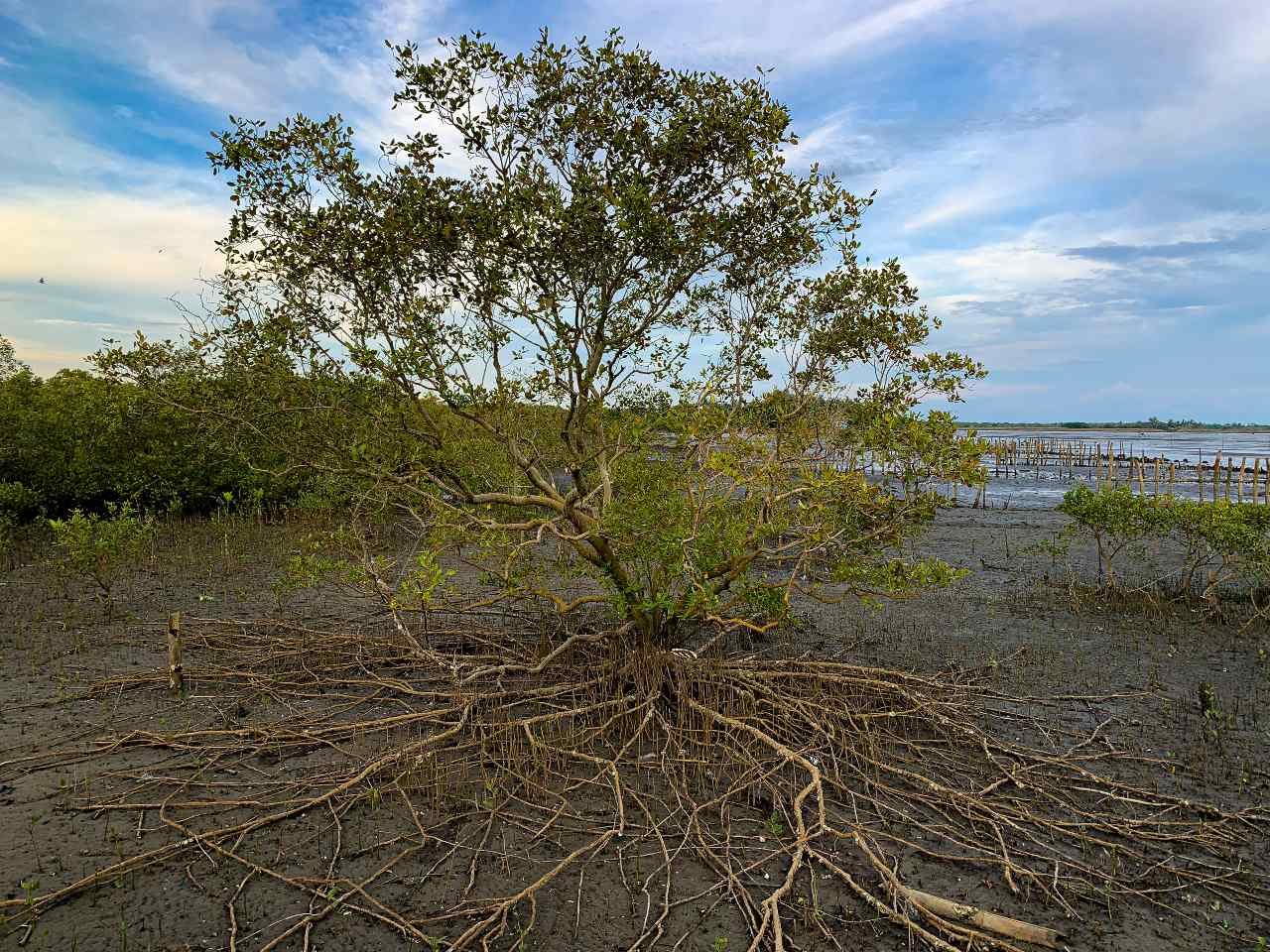
Rooting for sustainability
In 2021, Leganes passed Municipal Ordinance 2021-502 series of 2021, which established the Leganes ecopark and provided other support services.
“The importance of good governance to sustain the project is really important,” Primavera said, citing the case of LIKE, which “continued to thrive” under three different local chief executives.
Learning from the ecopark’s experience, Batislaon stressed the importance of mangrove reforestation as mandated by Republic Act No. 8850 or the Philippine Fisheries Code. The law provides for the reversal of all abandoned, underdeveloped, and underutilized (AUU) fishponds.
Under the law, the Department of Environment and Natural Resources – in coordination with the Department of Agriculture, LGUs, and other concerned agencies and Fisheries and Aquatic Resources Management Councils – determines which AUU fishponds can be reverted to their original mangrove state.
As of February 2015, the Bureau of Fisheries and Aquatic Resources recorded 345 canceled fishpond lease agreements involving 9,346.5985 hectares of AUU fishponds.
“With the number of the AUUs fishponds, the country can massively plant and expand the mangrove forests,” Batislaon said.
At present, LIKE’s long-term vision is to become an ecotourism site. The United Architect of the Philippines (UAP)-Iloilo Bahandi designed a sustainable and eco-friendly infrastructure for the Laganes ecopark that would allow its visitors to enjoy, experience, and learn.
“Tourism infrastructure should not cause damage or stress to the surrounding environment and wildlife. But it needs to be well-planned. Otherwise, it can do more harm than good,” Batislaon said.
“The key here is no alteration of the habitat to promote eco-tourism,” said Nonard Suvisor, president of the UAP-Iloilo Bahandi. Aside from planting mangroves themselves, members of his group also collaboratively worked with the MENRO on the sustainability and eco-friendliness concept of the infrastructure.
“It was not only for us to experience the park but also to be involved in the conservation and reforestation process,” said Suvisor.
“Converting it into an ecopark is not only for tourism and to drive income. In ecotourism comes education, which is essential in the protection and conservation of the ecosystem. People can learn about mangroves and the rehabilitation without harming the environment,” Primavera added.
National coastal greenbelt?
Clearly, mangroves play a significant role in the protection of coastal communities against typhoons, rising tides and other related disasters, and mitigation of climate change. But despite its clear importance, human activities continue to destroy mangrove ecosystems in the country.
In Iloilo City, an age-old mangrove ecosystem was killed for the development of The Esplanade; in Bulacan, mangroves were uprooted for the Bulacan Aerotropolis; and in Manila Bay, biologists from the University of the Philippines Diliman’s Institute of Biology said the coastline should have been planted with mangroves instead of being dumped with dolomite sand.
To strengthen mangrove reforestation and conservation in the Philippines, Liza Eisma-Osorio of international advocacy group Oceana Philippines said there is a need for the country to establish a national coastal greenbelt.
A greenbelt refers to natural or planted coastal vegetation, stretching at least 100 meters in width from the sea towards land, consisting primarily of mangrove and beach forest species. It is designed as a shield against the damaging effects of natural disasters and other issues that may occur, such as coastal erosion and storm surges.
Currently, at least seven bills have been filed both in the Senate and the House of Representatives to establish a national coastal greenbelt – a measure that was first proposed in the lower house in 2015.
“We needed this [greenbelt] decades ago,” Primavera said.
For now, she is pushing for best practices in mangrove rehabilitation – such as LIKE – to be replicated across the Philippines in the face of intensifying natural disasters. – Rappler.com
Add a comment
How does this make you feel?

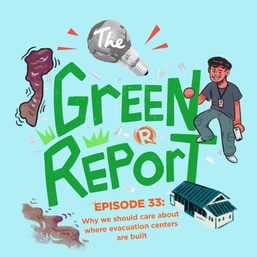

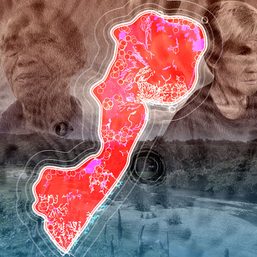

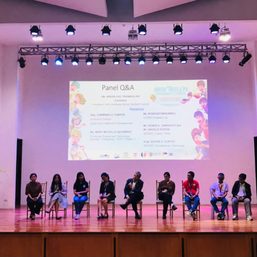

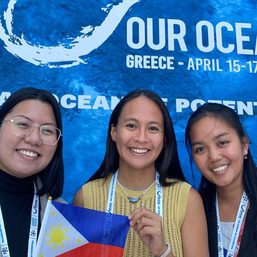
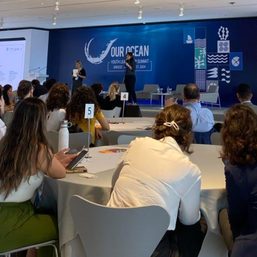
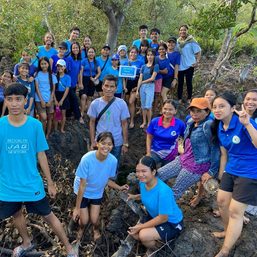
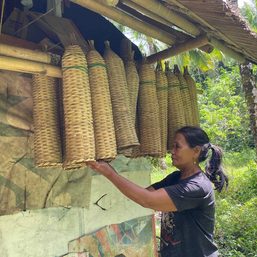
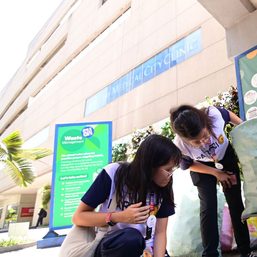
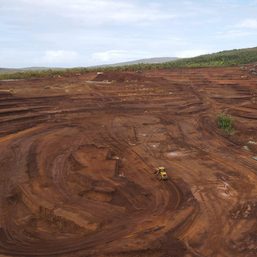
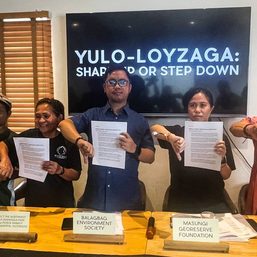
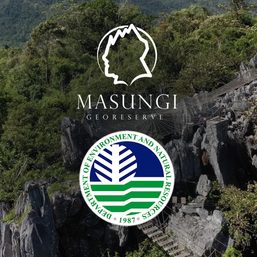

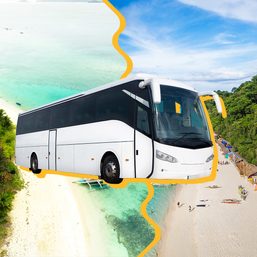
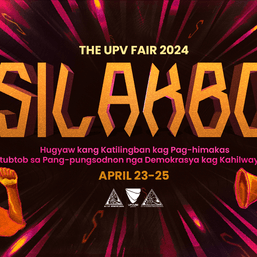
![[Ilonggo Notes] Putting the spotlight on Ilonggo and regional cinema](https://www.rappler.com/tachyon/2024/04/Screenshot-2024-04-07-at-2.04.59-PM.png?resize=257%2C257&crop=321px%2C0px%2C809px%2C809px)


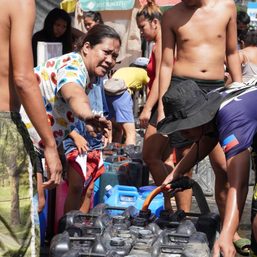

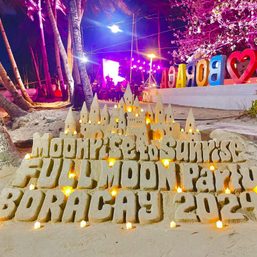

There are no comments yet. Add your comment to start the conversation.